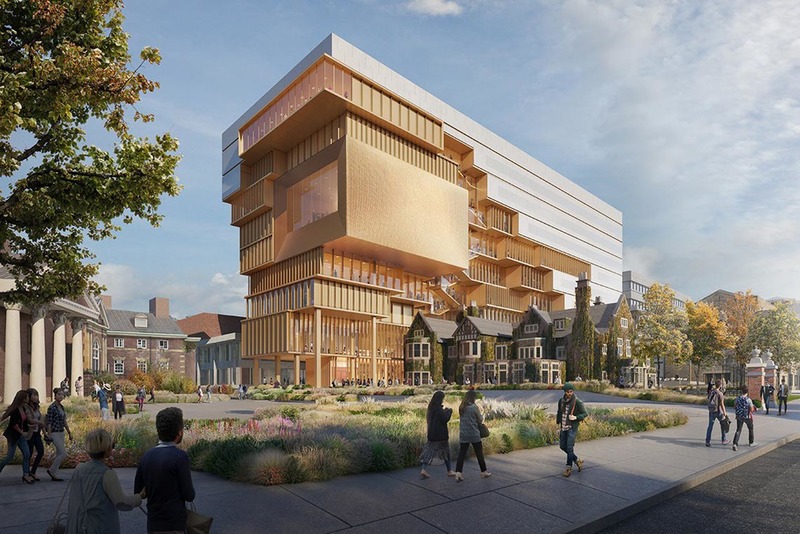
Architect Diller Scofidio + Renfro has unveiled the design of the proposed nine-storey University of Toronto (U of T) building at 90 Queen’s Park Crescent in Canada.
The new building will be built on the site of the McLaughlin Planetarium, which was closed in 1995.

Discover B2B Marketing That Performs
Combine business intelligence and editorial excellence to reach engaged professionals across 36 leading media platforms.
Having designed New York City’s High Line and the Institute of Contemporary Art in Boston, Diller Scofidio + Renfro is working with architectsAlliance for the project, while ERA Architects is serving as the heritage consultant for the team.
The proposed building will house the School of Cities, academic units from the Faculty of Arts & Science, including history, Near and Middle Eastern civilisations, and the Institute of Islamic Studies.
As part of the building design, separate space will be designated for classrooms and public spaces, as well as for the Royal Ontario Museum.
The music recital hall will feature a large window to serve as a backdrop to the stage while offering south-facing views of the Toronto skyline to the audience.

US Tariffs are shifting - will you react or anticipate?
Don’t let policy changes catch you off guard. Stay proactive with real-time data and expert analysis.
By GlobalDataA 400-seat event space above the hall will provide similar skyline views. The ground floor comprises a café and a multi-storey atrium will lead up to the recital hall.
Diller Scofidio + Renfro partner-in-charge Charles Renfro said that the building has been designed to foster collaborative discourse and public engagement.
Renfro said: “This ‘campus within a campus’ is revealed in the building’s dual identity – a smooth cohesive block of faculty offices and workspaces gives way to a variegated expression of individual departments as the building is sculpted around Falconer Hall, the historic home of the law department.
“At the heart of the building is a dynamic central atrium and stairs linking all floors with clusters of lounge spaces, study spaces and meeting rooms, mixing the various populations of the building with each other and the general public.”
As part of U of T’s commitment to sustainability, the building will use 40% less energy.





